Obstructive sleep apnea is when breathing is repeatedly interrupted during sleep. Research has shown people with this sleep disorder have an increased risk of developing cognitive impairment and Alzheimer’s disease. Yet, it is treatable. A preliminary study released today, February 28, 2021, has found that obstructive sleep apnea is common in people with cognitive impairment. The study will be presented at the American Academy of Neurology’s 73rd Annual Meeting being held virtually April 17 to 22, 2021.
Month: February 2021
Study: Treatable sleep disorder common in people with thinking and memory problems
MINNEAPOLIS – Obstructive sleep apnea is when breathing is repeatedly interrupted during sleep. Research has shown people with this sleep disorder have an increased risk of developing cognitive impairment and Alzheimer’s disease. Yet, it is treatable. A preliminary study released…
Sensing suns
Astronomers accurately measure the temperature of red supergiant stars
Predicts the onset of Alzheimer’s Disease (AD) using deep learning-based Splice-AI
Korea Brain Research Institute (KBRI, President Suh Pann-ghill) announced that the research team led by Dr. Jae-Yeol Joo discovered new cryptic splice variants and SNVs in PLCg1 gene of AD-specific models for the first time using Splice-AI. This research outcome…
When foams collapse (and when they don’t)
High-speed video microscopy reveals the complex mechanics of foam collapse

A Faster Path to Carbon-Free Power
PNNL streamlines environmental review process for advanced reactors, saving years and millions of dollars toward deployments of new nuclear power projects.

HPC Explorations of Supernova Explosions Help Physicists Reach New Milestones
Physicists have been studying the question of how supernova explosions occur for more than 60 years. Thanks to the increasing power of supercomputing resources such as those at the National Energy Research Scientific Computing Center at Lawrence Berkeley National Laboratory, they’re moving ever closer to an answer.

PNNL Energy Sciences Center Will Help Realize Clean Energy Future
New 140,000-square-foot facility will advance fundamental chemistry and materials science for higher-performing, cost-effective catalysts and batteries, and other energy efficiency technologies.

Children’s Learning Institute at UTHealth partnering with Victoria ISD to launch early childhood education campus
A new in-district early childhood campus will open in fall 2021 through a partnership between the Victoria Independent School District (VISD) and child development and education experts with The University of Texas Health Science Center at Houston (UTHealth).
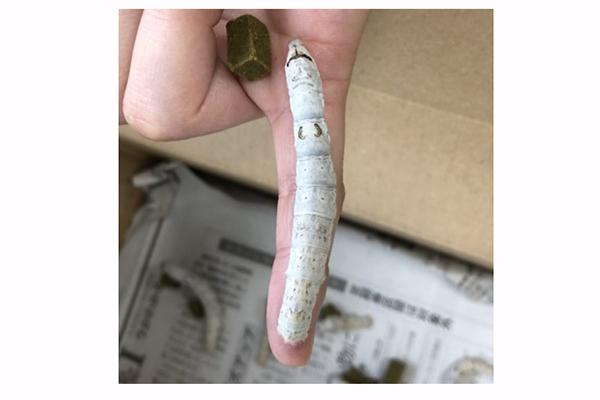
Changing the silkworm’s diet to spin stronger silk
Tohoku University researchers have produced cellulose nanofiber (CNF) synthesized silk naturally through a simple tweak to silkworms’ diet.
Discovery: Neanderthal-derived protein may reduce the severity of COVID-19
Researchers at the Lady Davis Institute (LDI) at the Jewish General Hospital have discovered that increased levels of the protein OAS1 are associated with reduced mortality and less severe disease requiring ventilation among patients with COVID-19.

Could a common barnacle help find missing persons lost at sea?
A common barnacle could be used to help trace missing persons lost at sea, according to research by UNSW Science.
Vitamin B6 may help keep COVID-19’s cytokine storms at bay
Who would have thought that a small basic compound like vitamin B6 in the banana or fish you had this morning may be key to your body’s robust response against COVID-19?
SARS-CoV-2 mutations in competition
Prior to the emergence of new mutants of the coronavirus, such as the British variant B.1.1.7, the SARS-CoV-2 variant named D614G had already mutated from the original SARS-CoV-2 pathogen that triggered the pandemic.
“Stark warning”: Combating ecosystem collapse from the tropics to the Antarctic
Eminent scientists warn that key ecosystems around Australia and Antarctica are collapsing, and propose a three-step framework to combat irreversible global damage.
Ontario network goes national, to improve care for all Spinal Cord Injury patients – regardless of where they live
An Ontario network of Spinal Cord Injury (SCI) rehabilitation sites and patient partners, committed to raising the standard of SCI rehabilitation care, is expanding across Canada, to ensure equitable, optimal care for all patients, regardless of where they live.
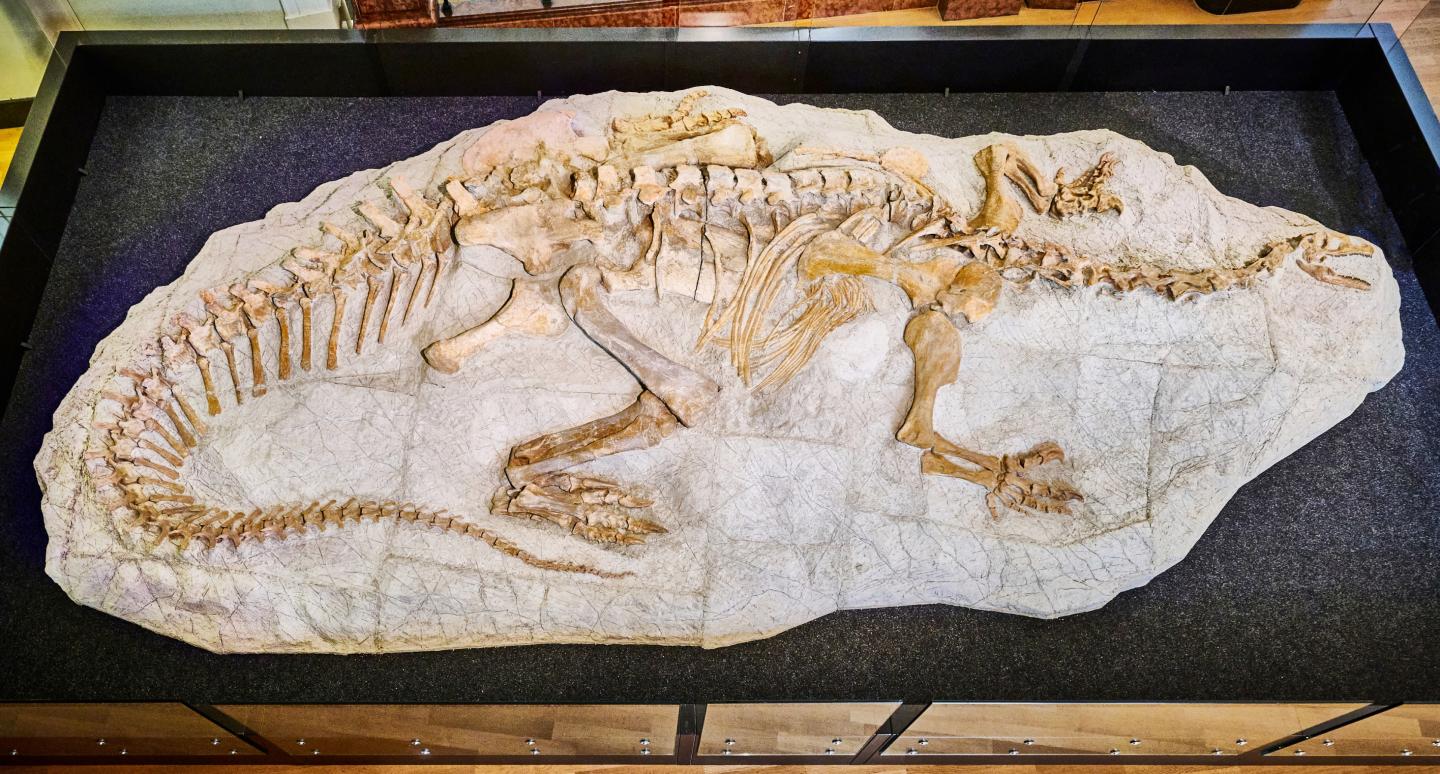
Dinosaur species: ‘Everyone’s unique’
“Everyone’s unique” is a popular maxim. All people are equal, but there are of course individual differences. This was no different with dinosaurs.
Supply chain expert available to discuss Biden’s order to strengthen critical U.S. supply chains
A leading expert on supply chains is available to discuss President Joe Biden’s executive order to create more resilient and secure supply chains for critical and essential goods in the United States. “The private sector’s ability to rapidly adapt supply…
DHS Publishes Free Resources to Protect Critical Infrastructure From GPS Spoofing
DHS S&T announced today it has published the Positioning, Navigation, and Timing (PNT) Integrity Library and Epsilon Algorithm Suite to protect against Global Navigation Satellite System (GNSS) spoofing, or deceiving a Global Positioning System (GPS) device through false signals.
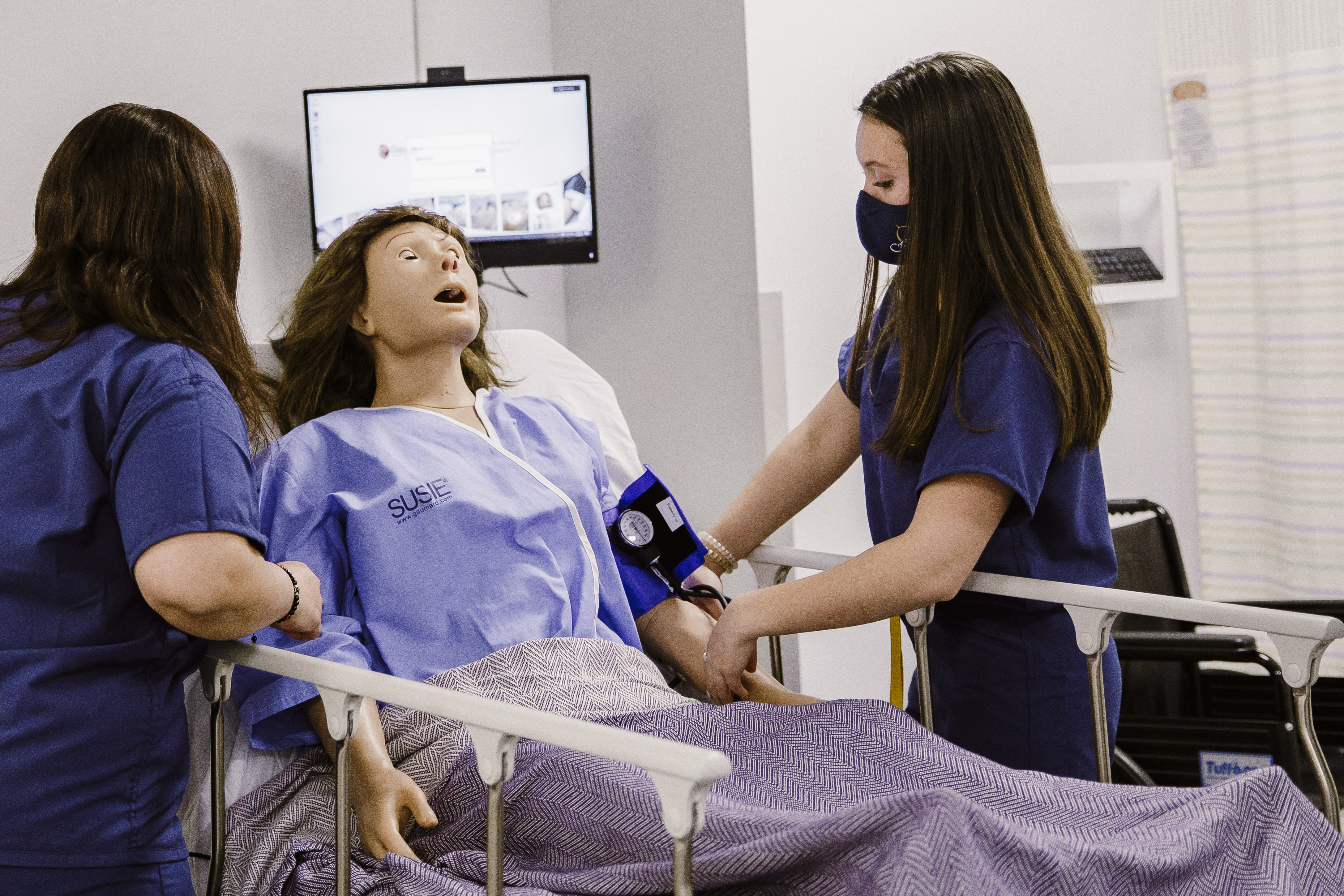
Canisius College PA Program Receives Mother Cabrini Health Foundation Grant
Canisius College’s PA program received a $767,500 Mother Cabrini Health Foundation grant. The award supports the program’s development and provides scholarships for underserved minority groups.
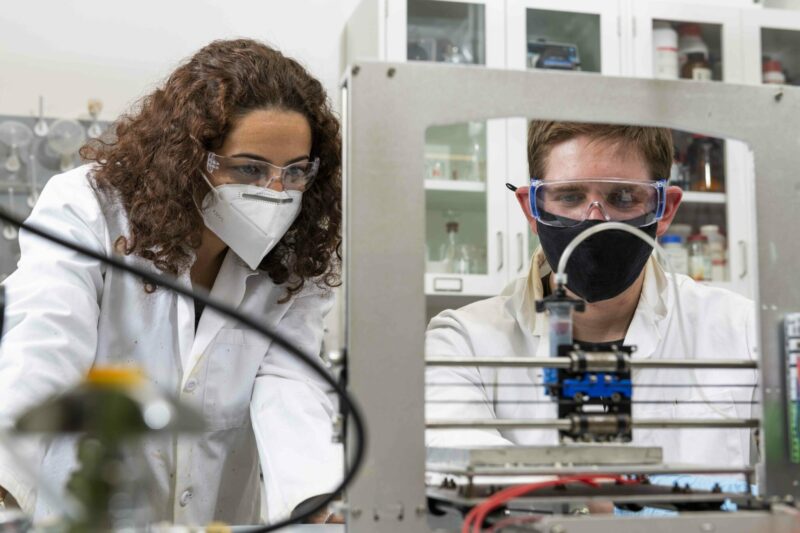
Research promotes ‘doubly green’ renewable energy captured from biowaste
Cities around the United States could use their own biowaste from food scraps or manure to produce renewable energy for vehicles to the tune of $10 billion a year, according to a researcher at Missouri S&T. The proposed operation creates renewable natural gas (RNG) from biowaste and renewable hydrogen (RH2) from surplus electricity generated by solar or wind energy.
When using pyrite to understand Earth’s ocean and atmosphere: Think local, not global
Scientists have long used information from sediments at the bottom of the ocean to reconstruct the conditions in oceans of the past. But a study in Science Advances raises concerns about the common use of pyrite sulfur isotopes to reconstruct Earth’s evolving oxidation state. These signals aren’t the global fingerprint of oxygen in the atmosphere, according to new research from Washington University in St. Louis.
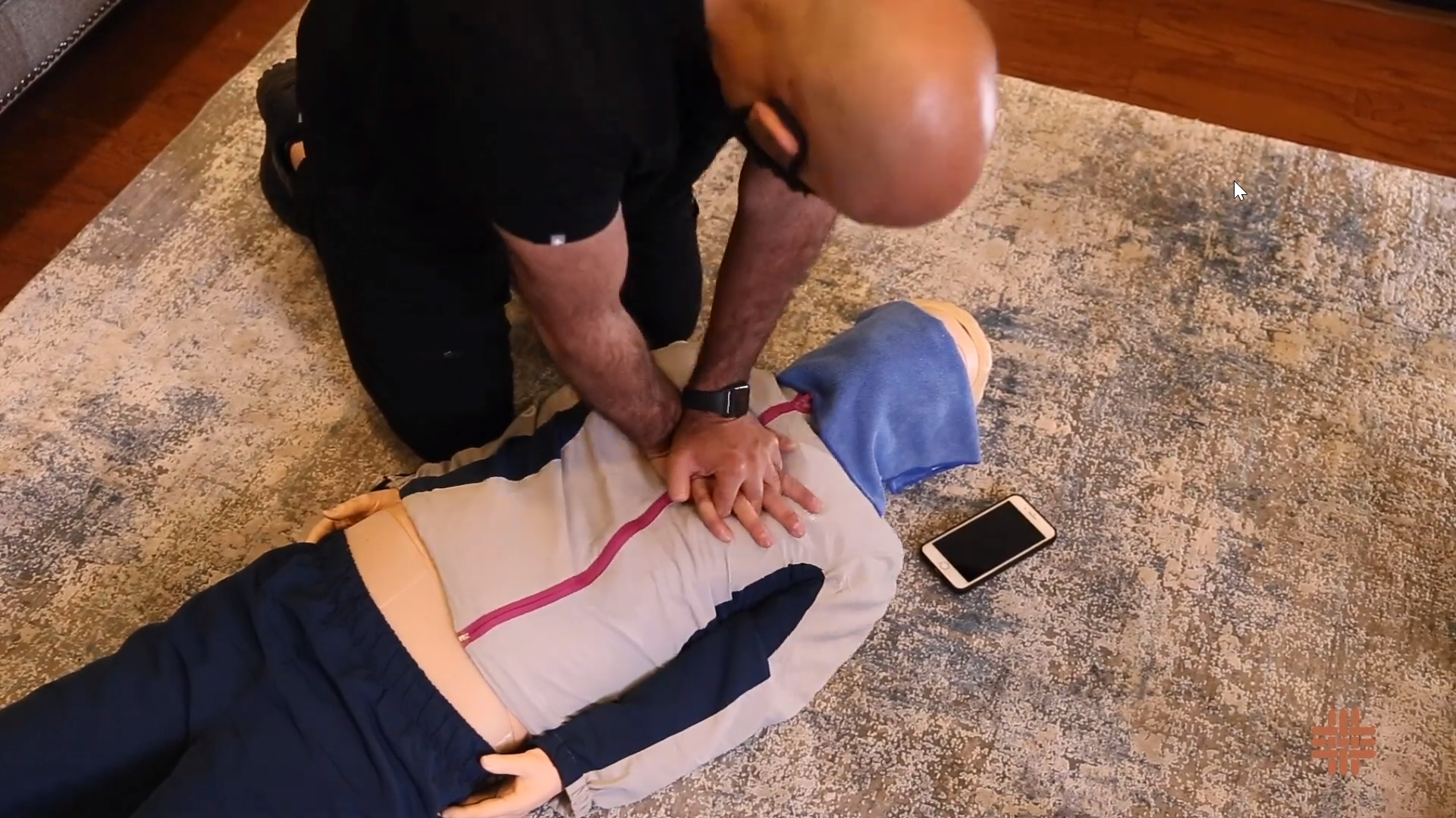
Heart month: Researchers create Texas’ first statewide cardiac arrest registry, highlight racial disparities in CPR training
Projections from Texas’ first cardiac arrest registry show that every day at least 60 Texans will suffer an out-of-hospital cardiac arrest, which is a sudden loss of heart function, breathing, and consciousness. If bystander cardiopulmonary resuscitation (CPR) is performed, the victim’s chance of survival can triple, but less than half of victims in the Lone Star State receive any bystander CPR, according to data from the registry.

Argonne scientists track community spread of COVID-19 in wastewater
Argonne scientists are using wastewater-based epidemiology to provide a safe and cost-effective way to measure community spread of COVID-19 and the SARS-CoV-2 virus.
PepsiCo Renews Tackle Kids Cancer Partnership with Generous Annual Commitment and Retailer Support
PepsiCo Renews Tackle Kids Cancer Partnership

Glaucoma Research Foundation Announces $1.7 Million in 2021 Research Grants
Glaucoma Research Foundation (GRF) today announced a total of $1.7 million in annual research grants to support 13 investigators at prestigious colleges and universities across the United States.

Pioneering prehistoric landscape reconstruction reveals early dinosaurs lived on tropical islands
A new study using leading edge technology has shed surprising light on the ancient habitat where some of the first dinosaurs roamed in the UK around 200 million years ago.
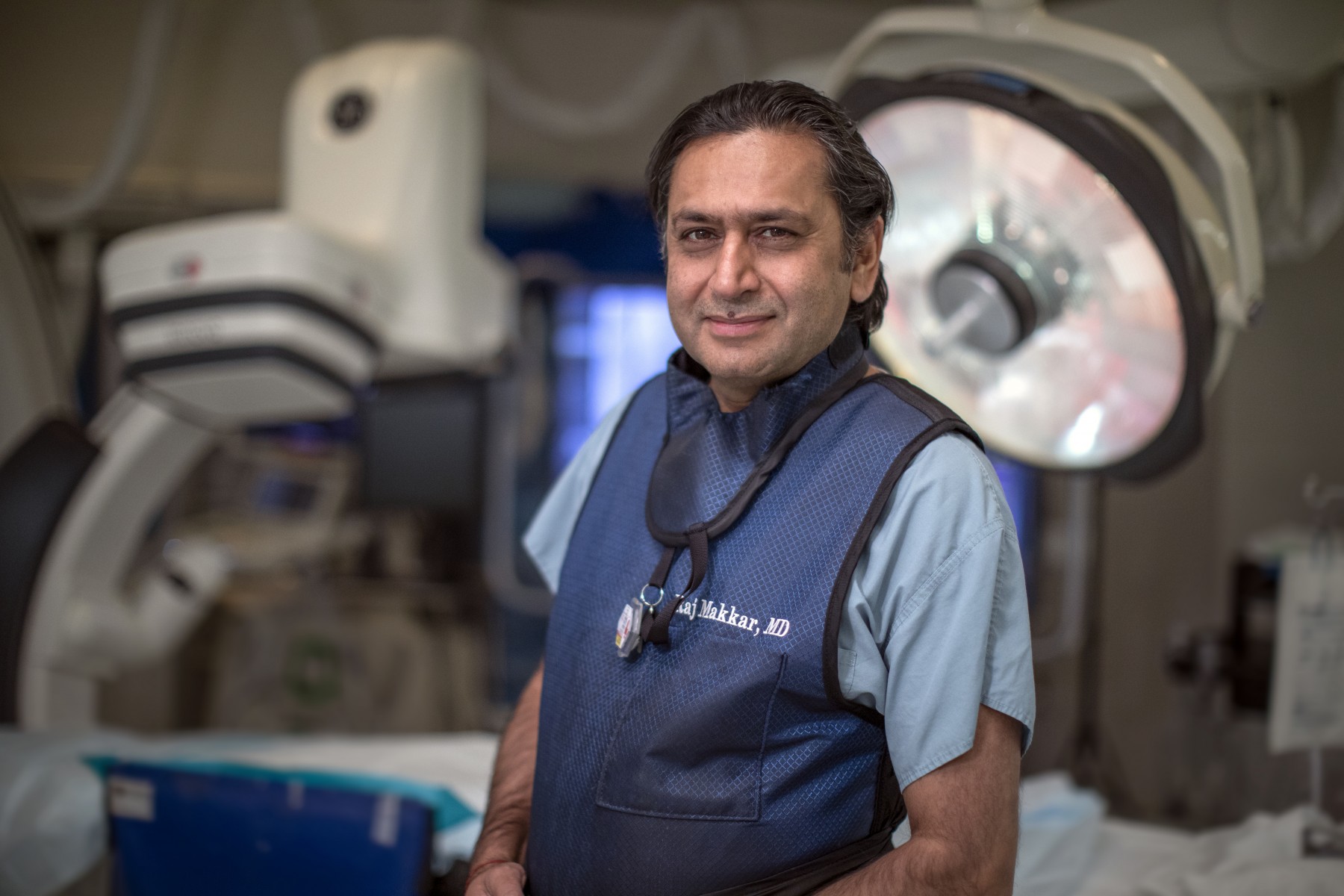
Two Clinical Trials, Two Heart Valves
Lisa Stewart doesn’t dwell on the fact that she might be the first in the nation to undergo both mitral and tricuspid valve replacement procedures. She’s too busy counting her blessings.
Genomic Data Commons provides unprecedented cancer data resource
The National Cancer Institute’s Genomic Data Commons (GDC), launched in 2016 by then-Vice President Joseph Biden and hosted at the University of Chicago, has become one of the largest and most widely used resources in cancer genomics, with more than 3.3 petabytes of data from more than 65 projects and over 84,000 anonymized patient cases, serving more than 50,000 unique users each month.
American College of Surgeons verifies first hospital that meets its standardized quality criteria for geriatric surgery
The American College of Surgeons Geriatric Surgery Verification Program (ACS GSV) has announced that Unity Hospital, Rochester, N.Y., has achieved Level 1—Comprehensive Excellence verification status, which recognizes its commitment to providing optimal care for its older adult surgical patients by meeting the GSV’s program standards.
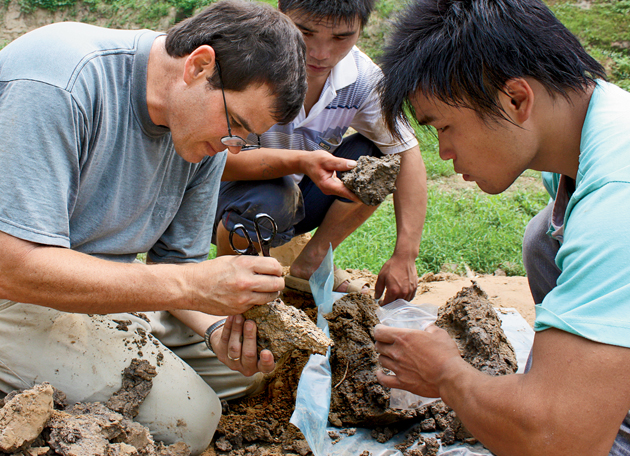
Under climate stress, human innovation set stage for population surge
Instead of a collapse amid dry conditions, development of agriculture and increasingly complex human social structures set the stage for a dramatic increase in human population in central plains of China around 3,900 to 3,500 years ago.
The March 2021 Issue of Diseases of the Colon and Rectum Journal is out!
The March 2021 Issue of Diseases of the Colon and Rectum Journal is out!
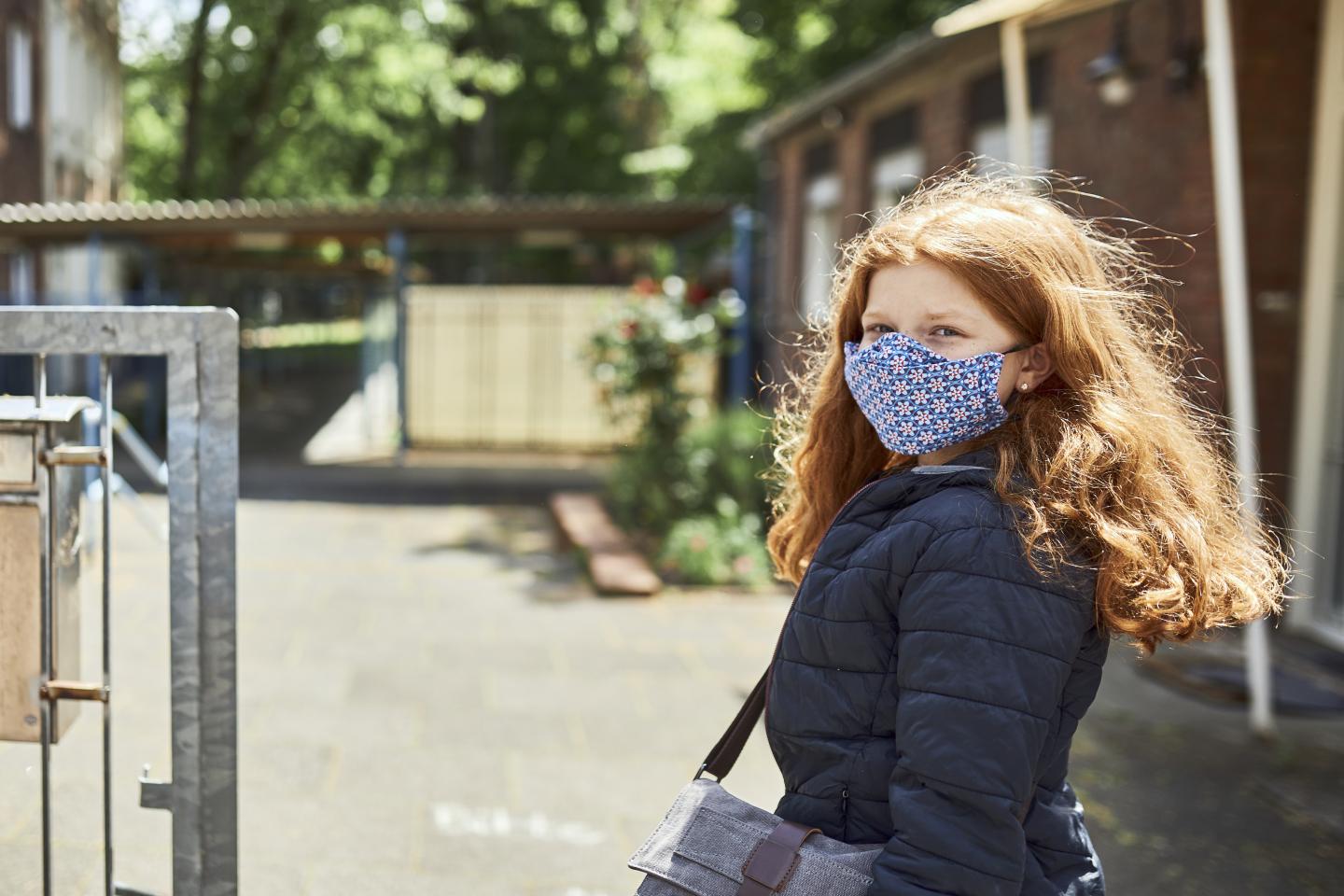
家长如何帮助孩子在2019冠状病毒病疫情期间安全重返校园
关于疫情期间学校复课家长须知的信息 2019冠状病毒病大流行期间,父母和孩子的生活都同样艰难。重返校园是一件重要且令人期待的事情,但您和孩子心中可能会有很多疑问。以下是一些相关的最新信息以及如何支持孩子的应对方式。 学校何时及如何复课? 返校的儿童数量正在缓慢增加。由于全国范围内的学校关闭,仍有超过10亿学生未能返回校园。但是,在已经关闭学校的134个国家当中,有105个国家(78%)已经决定了重新开学的日期。在这105个国家中,有59个国家已经重新开学或计划即将开学。(截至2020年8月底) 鉴于全球目前形势的困难和各地情况的差异,各国在学校复课的计划上处于不同阶段。相关决策通常由国家或州政府在与地方主管部门研讨后制定。在决定学校是否复课时,有关当局应根据当地情况,综合考虑教育、公共卫生和社会经济等诸多方面的效益和风险。这些决策应以每名儿童的最大利益为考量中心,要基于现有的最佳实证,但具体情况因学校而异。 现在让孩子返校上课安全吗? 关于学校的防控措施和学校是否复课的决定应与社区内其他保持社交距离和公共卫生的应对措施决定相一致。通常,在各个国家和地区,学校复课并不是一项孤立的举措,而是恢复工厂、公共交通和商业活动等一系列其他恢复举措的一个部分。 至关重要的是,学校应提前计划,研究可以采取哪些额外措施,以确保学生、教师和其他工作人员返校时的安全,并让社区放心将学生送回学校。 学校复课后的情况可能会和您与孩子以前习惯的情况略有不同。学校复课一段时间后,可能还会根据当地情况决定暂时再度停课。由于形势在不断变化,有关当局需要随时灵活应变,帮助确保每个儿童的安全。 学校应采取哪些防护措施来避免2019冠状病毒病的蔓延? 学校复课应与各个国家和地区的2019冠状病毒病的总体卫生应对措施相一致,以帮助保护学生、职工、教师及其家庭。学校可采取的一些切实措施包括: 错时上下学 错时就餐 将课堂转移到临时空间或室外 实行轮班制,以减小班级规模 供水和卫生设施将是学校安全复课的关键环节。校方应设法改善卫生措施,包括洗手、呼吸礼仪(即咳嗽和打喷嚏时用肘部遮挡)、保持社交距离的措施、学校设施清洁程序和安全备餐措施等。管理人员和教师也应接受有关保持社交距离和学校卫生措施方面的培训。 我应该向老师或学校管理者提出什么问题? 在这样令人担忧且混乱的情况下,有很多疑问是很正常的。您可能会关心如下几个问题: 学校采取了哪些措施来确保学生的安全? 学校将如何支持学生的心理健康以及如何应对针对患病者的歧视现象? 学校将如何转介那些可能需要特殊支持的学生? 复课后,学校的防护及欺凌相关政策会有变化吗? 通过家长和教师委员会或其他网络,我能够如何支持学校的安全举措? 如果孩子的学业落后了,我该怎么做? 全世界的学生都表达了他们有多么想要继续学习。在老师和家长的支持下,他们在艰难的条件下仍坚持自己的学业。 但是,学校复课后,很多孩子需要额外的支持才能够赶上学习进度。 许多学校正在制定补课计划,以帮助学生恢复学习速度。具体可包括在学年开始时,进行复习或补习课程、课后项目或补充家庭作业。考虑到许多学校可能不会开设全日制或不对所有年级开放,学校可能会采用“混合教学”模式,即课堂教学和远程教学(通过家庭练习、广播、电视或在线学习进行自学)相结合。 在家中为孩子提供额外的支持,营造规律的上学作息。这样对于那些感到不安且无法集中注意力的孩子很有帮助。 您可能想要联系孩子的老师或学校来询问一些问题并及时了解有关信息。确保让老师和学校知悉您的孩子所面临的困难,比如家人去世的悲痛,或是因疫情引起的焦虑。 如果孩子很难切换回“上学模式”,我该怎么做? 您的孩子处理当前危机所带来压力的方式和您是不同的。为孩子营造一个支持并有益的环境,对他们的问题和情感表达作出积极的回应。表现出您的支持,让孩子知道现在这种情况下感到沮丧和焦虑是很正常的。 帮助孩子保持日常作息,把学习融入到烹饪、家庭阅读时间或游戏等日常活动中,让学习更有趣。还可以加入家长或社区团体,和其他有相同经历的家长交流心得并获得支持。 联合国儿童基金会与各国政府一道帮助支持他们做出这些决策。我们与世界卫生组织、联合国教科文组织以及世界银行协作发布了关于学校复课的最新指南。目前指南提供阿拉伯文、中文、英文、法文、葡萄牙文及西班牙文版本。这些指南列出了应提出的问题,以及在学校复课之前、期间和之后应该采取的措施,以保护学生、教师、其他工作人员及其家人的安全。 https://www.unicef.org/zh/%E5%86%A0%E7%8A%B6%E7%97%85%E6%AF%92/%E5%AE%B6%E9%95%BF%E5%A6%82%E4%BD%95%E5%B8%AE%E5%8A%A9%E5%AD%A9%E5%AD%90%E5%9C%A82019%E5%86%A0%E7%8A%B6%E7%97%85%E6%AF%92%E7%97%85%E7%96%AB%E6%83%85%E6%9C%9F%E9%97%B4%E5%AE%89%E5%85%A8%E9%87%8D%E8%BF%94%E6%A0%A1%E5%9B%AD

Explainable AI: A Must for Nuclear Nonproliferation, National Security
Understanding the choices and recommendations of artificial intelligence systems is crucial, especially when the stakes are high, as they are with national security issues like nuclear nonproliferation. A PNNL team is using explainable AI to further the effectiveness of AI systems.
UH receives Robert Wood Johnson Foundation grant to research ‘Web of Well-Being’ where clinical case management will aim to reduce inequities for Medicaid population
Announcement that University Hospitals has received a grant from the Robert Wood Johnson Foundation to research a model of long-term case management for Medicaid patients.
Alcohol Plus Cadmium (via Smoking) Can Amplify Blood Pressure and Cardiovascular Risk
Heavy drinking combined with cadmium exposure — most commonly via smoking — escalates the risk of hypertension, according to a new study. Hypertension (high blood pressure) affects 26 percent of the global population and is the leading cause of cardiovascular disease and mortality. Alcohol consumption and cadmium exposure are known risk factors for hypertension. Exposure to cadmium, a metal that accumulates in body organs, occurs mainly through smoking, which often accompanies heavy drinking. Other cadmium sources include certain foods, air pollution, and wine and beer. Alcohol increases the absorption of cadmium in the body, and evidence suggests that the two substances contribute to hypertension via shared physiological pathways. The new study, in Alcoholism: Clinical & Experimental Research, is the first known epidemiological investigation of the combined effects of alcohol and cadmium on blood pressure.
Menthol cigarettes linked to 10 million extra smokers, hundreds of thousands of premature deaths
Menthol cigarettes contributed to 378,000 premature deaths in the United States between 1980 to 2018, according to a new University of Michigan study.
Researchers Uncover Link Between Racial, Ethnic and Socioeconomic Factors and Likelihood of Getting Effective Treatment for Atrial Fibrillation
Even though the use of rhythm control strategies for treating Paroxysmal Atrial Fibrillation (AF), a common abnormal heart rhythm, have increased overall in the United States, patients from racial and ethnic minority groups and those with lower income were less likely to receive rhythm control treatment – often the preferred treatment – according to new research from the Perelman School of Medicine at the University of Pennsylvania.

Hawley to oversee Rogel Cancer Center education, training programs
The University of Michigan Rogel Cancer Center has named Sarah Hawley, Ph.D., M.P.H., associate director for training, education and career development. She will lead the center’s efforts to coordinate and enhance robust resources that support faculty, trainees and students interested in cancer research.
MicroRNA Testing of Healthy Children Could Provide a Window on Heart and Kidney Health Later in Life
Molecules called microRNAs (miRNAs) that are measurable in urine have been identified by researchers at Mount Sinai as predictors of both heart and kidney health in children without disease. The epidemiological study of Mexican children was published in February in the journal Epigenomics.
Collaborative Research Institute Offers March 3, March 24 Webinars on Gut Microbiome
Research on the relationship between the gut microbiome and diet can provide insights into diseases like depression and other health conditions.
UNH Receives Nearly $3 Million to Research Effectiveness of Wilderness Therapy
The University of New Hampshire’s Outdoor Behavioral Healthcare Center will receive $2.97 million in grants to conduct a first-of-its-kind randomized study looking at the effectiveness of outdoor behavioral health (OBH), or wilderness therapy, a prescriptive treatment for teens struggling with depression, anxiety and substance use disorders.

Pioneering prehistoric landscape reconstruction reveals early dinosaurs lived on tropical islands
A new study using leading edge technology has shed surprising light on the ancient habitat where some of the first dinosaurs roamed in the UK around 200 million years ago.
Same Surgeon, Different Light: Dr. Richard Prager
In this episode, Dr. David Tom Cooke interviews Dr. Richard Prager, STS Past President and director of the Frankel Cardiovascular Center at the University of Michigan.

Three Wellesley Professors Teach Students to View the Pandemic Through a Historical Lens
A year into the COVID-19 crisis, it seems like almost everyone can recall the moment they first sensed just how extensively the pandemic making its way around the world would upend their lives.
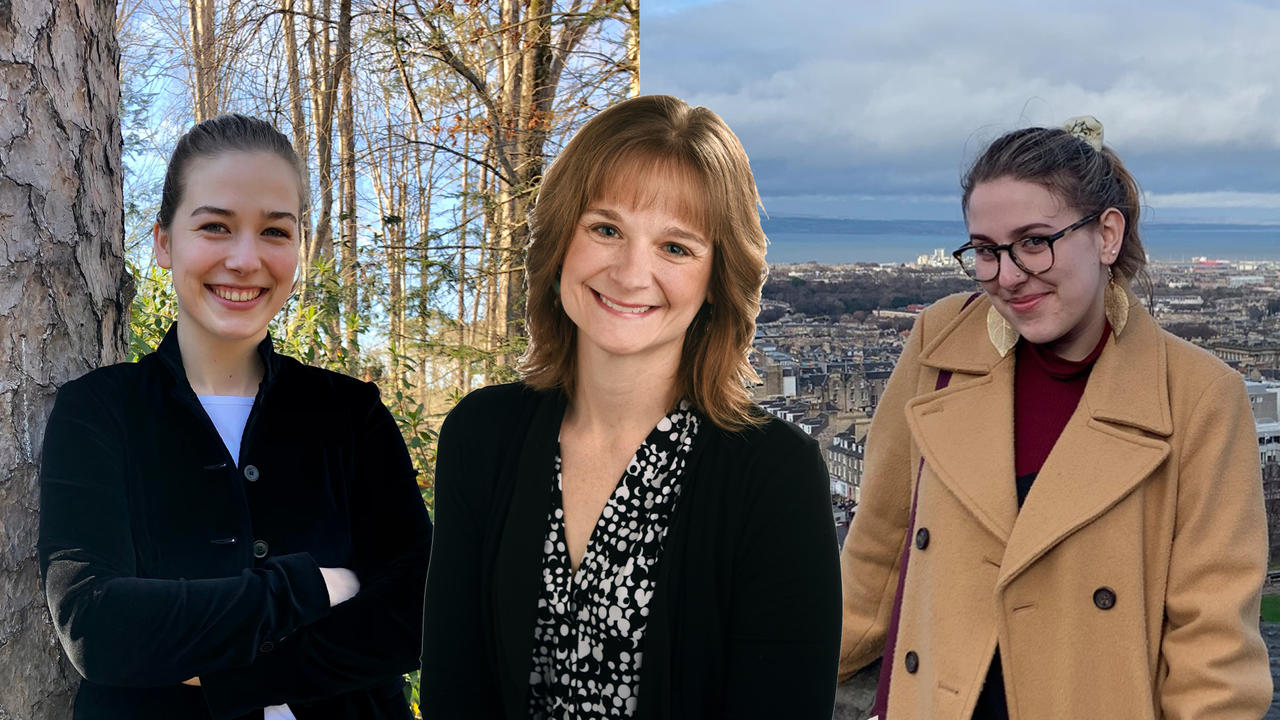
In a Contentious Era, How Do Friends with Different Values Stick Together? Faculty and Student Research Sheds Light
Americans are perhaps more polarized today than at any time since the Civil War. This idea has become ingrained in contemporary American discourse, popping up with increasing frequency in media coverage, in public opinion studies, and in research about how social media and its “filter bubbles” are driving polarization.
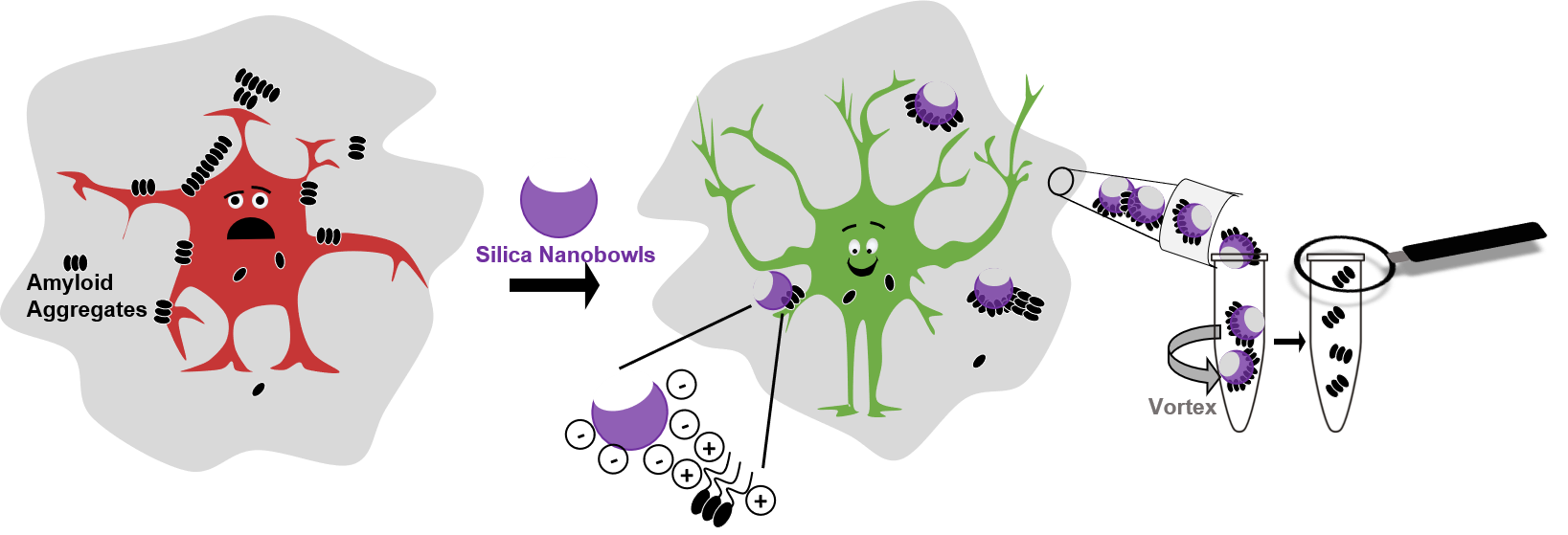
Nanoparticles Help Untangle Alzheimer’s Disease Amyloid Beta Plaques
ROCKVILLE, MD – Scientists are still a long way from being able to treat Alzheimer’s Disease, in part because the protein aggregates that can become brain plaques, a hallmark of the disease, are hard to study.
The key to proper muscle growth
When a muscle grows, because its owner is still growing too or has started exercising regularly, some of the stem cells in this muscle develop into new muscle cells. The same thing happens when an injured muscle starts to heal.…
Retroviruses are re-writing the koala genome and causing cancer
The koala retrovirus (KoRV) is a virus which, like other retroviruses such as HIV, inserts itself into the DNA of an infected cell. At some point in the past 50,000 years, KoRV has infected the egg or sperm cells of…
Novel catalysts improve efficiency of urea synthesis at ambient conditions
Converting both nitrogen (N 2 ) and carbon dioxide (CO 2 ) into value-added urea molecules via C-N coupling reaction is a promising method to solve the problem of excessive CO 2 emissions. Compared with huge energy consumption industrial processes,…